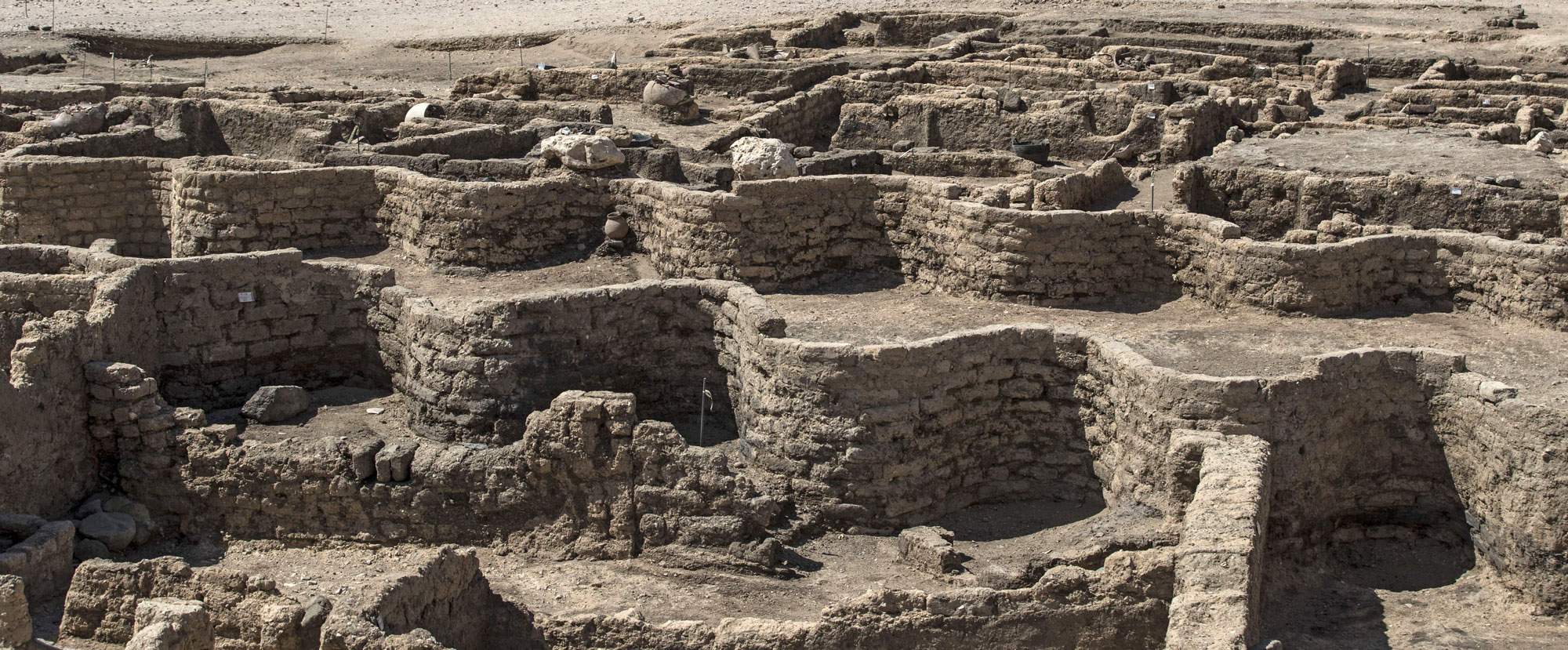TOULOUSE, FRANCE—According to a BBC News report, the discovery of a fragment of a modern human child’s tooth in a cave in France’s Rhone Valley suggests that Homo sapiens lived in the area some 54,000 years ago, or about 12,000 years earlier than previously thought. Ludovic Slimak of the University of Toulouse and his colleagues explained that the evidence in the cave reflects an ebb and flow of occupation by modern humans and Neanderthals, and allows for about 10,000 years for the two species of humans to interact with each other. First, Neanderthals inhabited the cave for about 20,000 years before the modern humans arrived and lived there for about 2,000 years. Stone tools of a type not associated with Neanderthals were found in the same layer as the child’s tooth. Similar tools have been found in the Rhone Valley and in Lebanon, but researchers had not been able to identify which species of human had made them. The cave was then unoccupied for a time before the Neanderthals returned and stayed for several thousand years. Modern humans eventually returned to the site about 44,000 years ago. Neanderthals are thought to have gone extinct about 40,000 years ago. Read the original scholarly article about this research in Science Advances. For more recent research on Neanderthals, go to "Neanderthal Hearing."
Tooth Hints at Modern Human and Neanderthal Overlap in Europe
News February 11, 2022
SHARE:
Recommended Articles
Digs & Discoveries July/August 2020
Twisted Neanderthal Tech
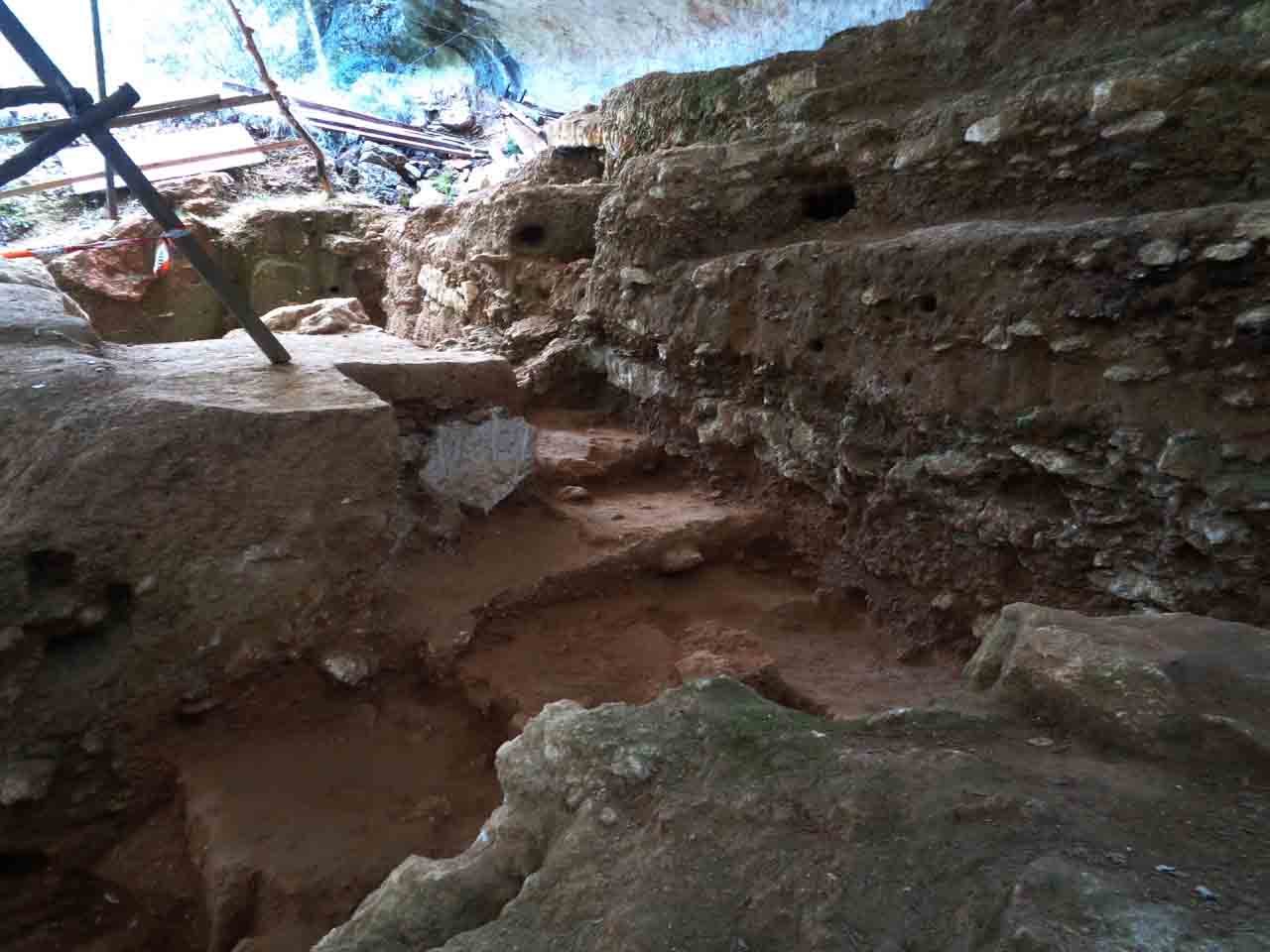
(M-H. Moncel)
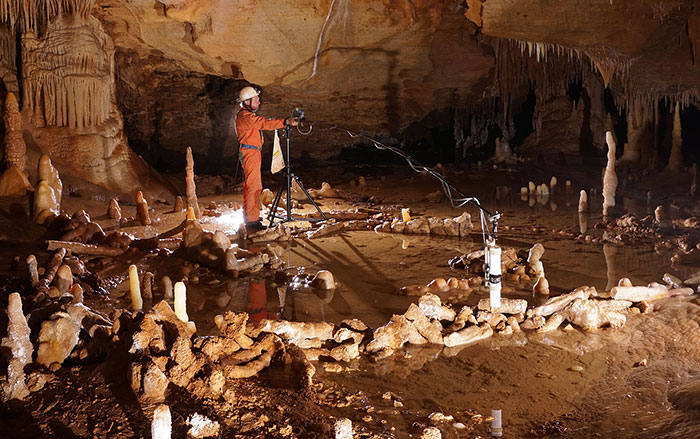
(Courtesy © Etienne FABRE-SSAC)
Digs & Discoveries January/February 2017
Proteins Solve a Hominin Puzzle
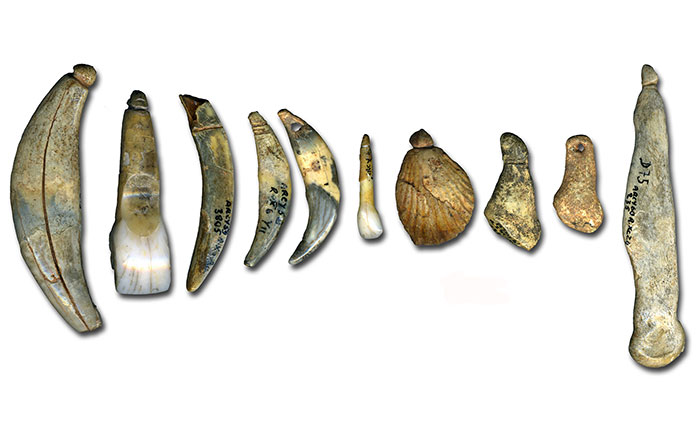
(Courtesy Marian Vanhaeren)
Digs & Discoveries September/October 2016
Gimme Middle Paleolithic Shelter

(Courtesy © Etienne FABRE-SSAC)
-
Features January/February 2022
At Face Value
Researchers are using new scientific methods to investigate how artists in Roman Egypt customized portraits for the dead
 (© The Trustees of the British Museum)
(© The Trustees of the British Museum) -
Letter from the Galapagos Islands January/February 2022
Transforming the Enchanted Isles
Archaeologists uncover the remote archipelago’s forgotten human history
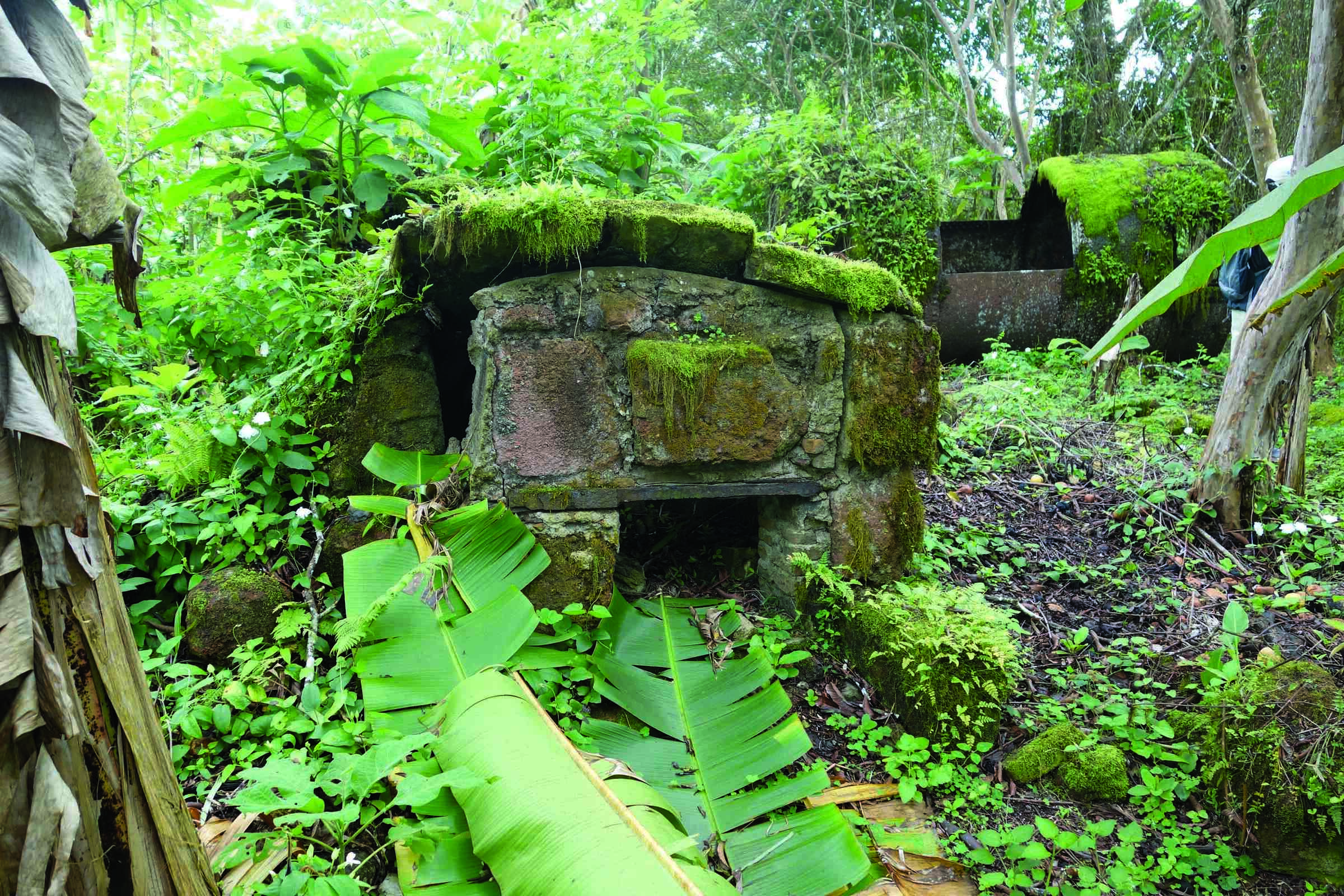 (Courtesy Historical Ecology of the Galapagos Islands Project)
(Courtesy Historical Ecology of the Galapagos Islands Project) -
Artifacts January/February 2022
Roman Key Handle
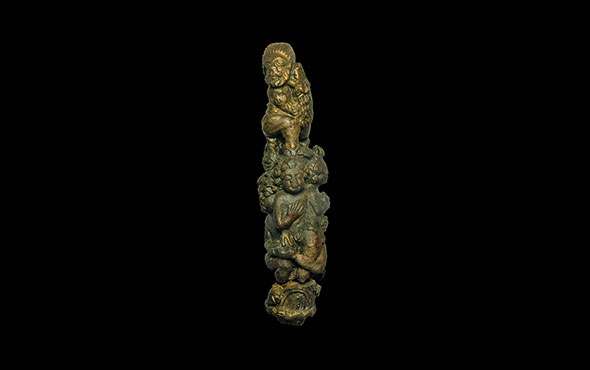 (University of Leicester Archaeological Services)
(University of Leicester Archaeological Services) -
Digs & Discoveries January/February 2022
The Roots of Violence
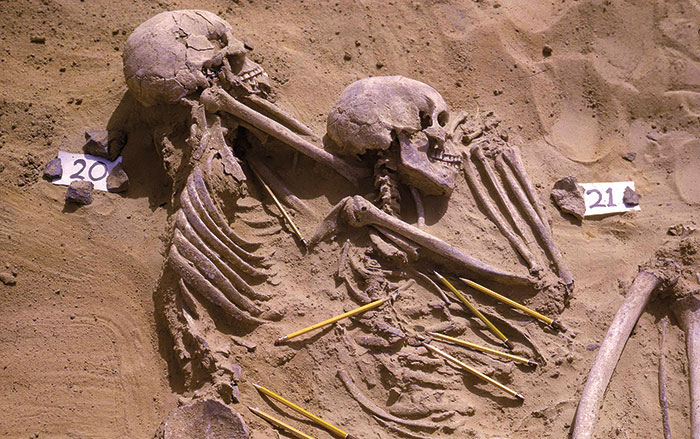 (Courtesy of the Wendorf Archives of the British Museum)
(Courtesy of the Wendorf Archives of the British Museum)


